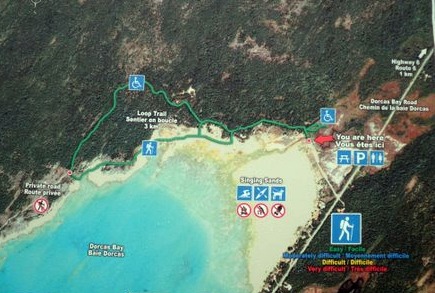Singing Sands, Dorcas Bay & Johnson Harbour
Dorcas Bay is at the northern tip of the Bruce Peninsula before you hit Tobermory on the Lake Huron side.
It is known for its shallow waters and expansive beaches.
This bay is part of the Singing Sands Provincial Park which is part of the larger Bruce Peninsula Provincial Park.
I remember going skinny dipping here before it was called Singing Sands when I was about 10 years old. The area was quite secluded with maybe one cottage.
Now cottages line the lake front and the government park protects the fragile landscape. The area is known for the Eastern Massassaga Rattler, Ontario's only poisonous snake, the Black Throated Green Warbler and the Ram's head Lady Slipper.
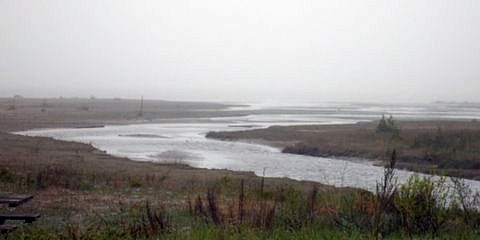
The water seems shallower than I remember (or maybe it is because I am taller?), but the area is perfect for young children as the water levels are low and lots of sand to run and play.
This is a great spot to come to if you are in Tobermory and are sick of the flat rock and deep waters of Georgian Bay. Singing Sands Park has washrooms, a picnic area plus a boardwalk and easy hiking trails. There is no life guard on duty.
Much like Oliphant it has become a favourite spot with kiteboarders as well.
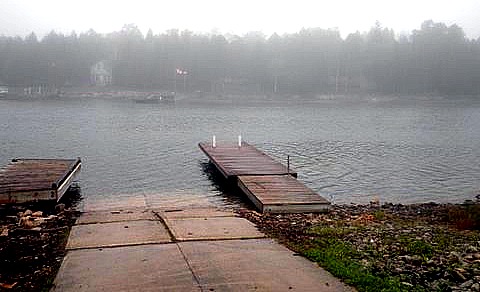
If you follow Dorcas Bay Road south along Lake Huron you will reach another Provincial Park, Johnson Harbour Pine Tree Point Provincial Nature Reserve.
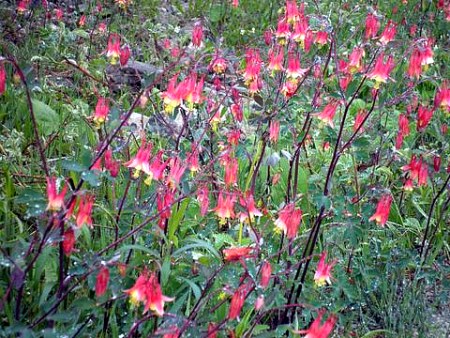
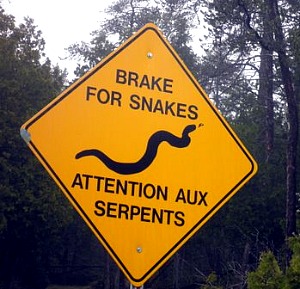 This area is protected because the pine trees provide a natural habitat
for deer.
This area is protected because the pine trees provide a natural habitat
for deer. Johnson Harbour Road is long and winding. We almost turned around three times when making the trek there this year.
The marked contrast with Singing Sands is the lack of sand beach but much deeper waters which allow for a boat launch.
Cottages nearby recommend swimming shoes as the shoreline is rocky.
Return HOME from Dorcas Bay.
